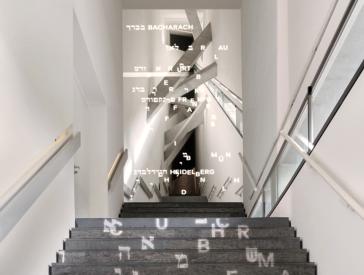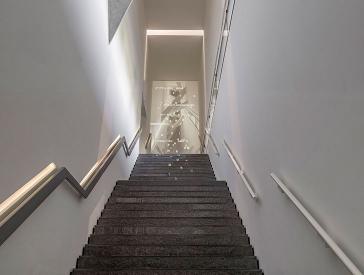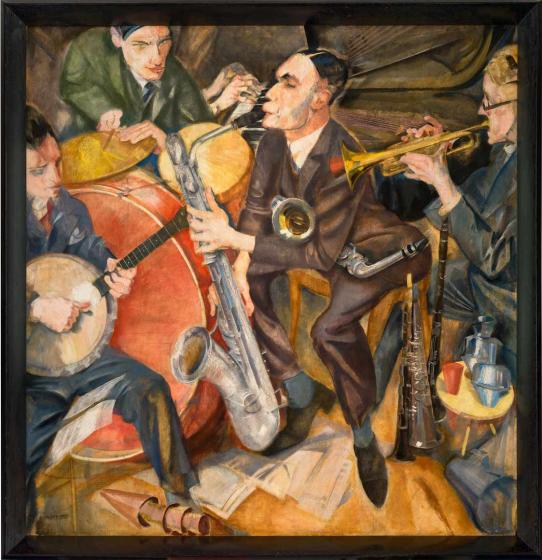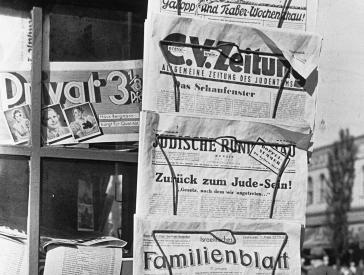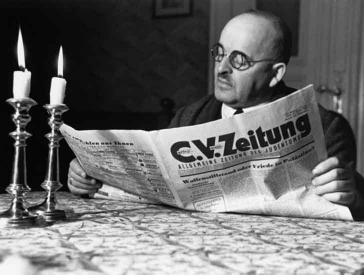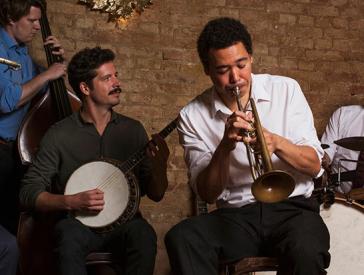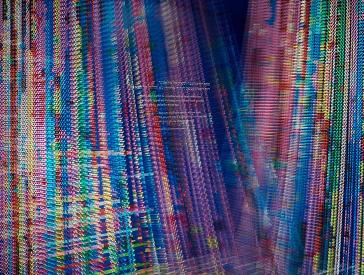Photo opportunity and press conference on 21 October 2024 on the provenance and JMB acquisition of Max Oppenheimer’s painting Weintraubs Syncopators / Jazzband (1927)
Press Release, Mon 21 Oct 2024
From today, the JMB’s core exhibition will show an artwork that brings together several different facets of German-Jewish history. Hetty Berg, JMB Director, comments: “Max Oppenheimer’s painting
Weintraubs Syncopators
is a wonderful new accession to our paintings collection. I am very happy that it has been possible to resolve the provenance and that this unique artwork has now come back to Berlin.”
- Kontakt
-
Dr. Margret Karsch
Press Officer
T +49 (0)30 259 93 419
presse@jmberlin.de
- Address
Jewish Museum Berlin Foundation
Lindenstraße 9–14
10969 Berlin
The picture stands for the oeuvre of a Jewish painter who worked in Berlin during the Weimar Republic. In it, he creates a portrait of popular Jewish musicians and succeeds in representing the very experience of music itself. Max Oppenheimer’s 1927 painting, known at the time as Jazzband, translates the band’s rapid, captivating style with the help of Cubism-inspired shapes, cuts, and diagonally overlapping planes.
The Weintraubs Syncopators were the stars of Berlin’s club culture in the 1920s, a period when entertainment was becoming an economic sector in its own right. They played jazz and swing, popular hits, waltzes, and dance music, switching their instruments at lightning speed. Comedy, jokes, and buffoonery all formed part of the band’s stage shows. The Weintraubs Syncopators worked with Friedrich Hollaender from 1927. They performed with Josephine Baker at Berlin’s Theater des Westens in 1928 – until the SA disrupted the event – and with Marlene Dietrich in Josef von Sternberg’s film The Blue Angel (1930). Everywhere, the Weintraubs Syncopators attracted enthusiastic audiences. In 1933, the musicians decided not to return to Germany after a tour abroad. They tried to find their feet in Australia, but without success; in the end, the band was dissolved.
Max Oppenheimer (1885–1954) was an expressionist painter from Vienna who became famous for his visual representation of music and musicians. He lived in Berlin from 1911 to 1915 and again from 1925 to 1931. In his painting Jazzband, he turned to jazz for the first and only time. This successful painter of modern big-city life fled to Switzerland in 1938, then to the United States in 1939. The oil painting is now part of the JMB collection and, starting today, can be seen in the core exhibition in the theme room Art and Artists. The core exhibition is open to all visitors free of charge. Max Oppenheimer’s work is presented at the JMB in a new frame: an original made by the Viennese modernist Josef Hoffmann. The frame comes from the collection of picture framers Werner Murrer Rahmen and symbolizes the connection between the Viennese avant-garde and Berlin’s jazz culture in the 1920s.
A Fair and Equitable Solution
The lawyer and psychoanalyst Hugo Staub (1886–1942) purchased Jazzband not long after it was painted. As a Jew and a member of the German League for Human Rights, Staub was a target for the Nazis from an early stage. He fled Germany in 1933, first to France and then to the United States, where he died in 1942. In his rush to escape, he had to leave the painting behind in his apartment in Berlin. Even today, we do not know exactly what happened to the work after that. It reappeared on the art market in Berlin in 1962 and was in the possession of the current sellers’ family from then on. The JMB bought the painting in 2024 with the agreement of Hugo Staub’s heirs. The purchase was funded by a bequest from Gisela Schwandt to the Deutsche Bank Foundation.
The JMB had wanted to purchase the picture for a long time, but that was possible only once a fair and equitable agreement had been reached with the heirs of the persecuted owners. The JMB and the Deutsche Bank Foundation aimed first of all to clarify the painting’s provenance. The settlement between the heirs and the sellers was mediated by the Berlin-based auction house Grisebach.
Ruth Freiman, a member of the vendors’ family, is very satisfied with the outcome: “In my opinion, it is right and proper that Max Oppenheimer’s painting
Weintraubs Syncopators
should be part of the collection of the Jewish Museum Berlin. It is only fair that the painter and the musicians receive the honor they deserve after being driven out of their country by the Nazis.”
Hugo Staub’s grandchildren Petronella Clark and John and Hugh Staub looked forward eagerly to today’s gathering of so many family members here in Berlin: “The discovery of the painting has been a highly emotional and exciting journey for all our family. Our heartfelt thanks to the Berlin Jewish Museum, Grisebach and Rigmore Stussel for their amazing due diligence, professionalism, and sensitive handling. This magnificent painting and its extraordinary history encapsulates Weimar-era Jewish Berlin and we feel there is no better home for it than the JMB.”
Michael Fisher’s father, Emanuel, and his uncle, Addy, were part of the band’s last line-up and among the band members who fled to Australia. Michael Fisher, who now lives in Zurich, describes how he feels about the picture joining the JMB collections and the core exhibition: “There’s an enormous sense of completion.” He adds: “To see the band return to the city they left behind the day after the Reichstag fire means the world to me.”
Centenary of the Weintraubs Syncopators
To mark one hundred years since the band Weintraubs Syncopators was founded in 1924, and to celebrate the museum’s acquisition of the Max Oppenheimer painting, an event will be held on the evening of the press conference at 7 pm in the JMB Glass Courtyard: 100 Years of the Weintraubs Syncopators! Berlin’s Jungle Jazz Band will open the floor for dancing.
For further information, visit the website of the event.
Press Images
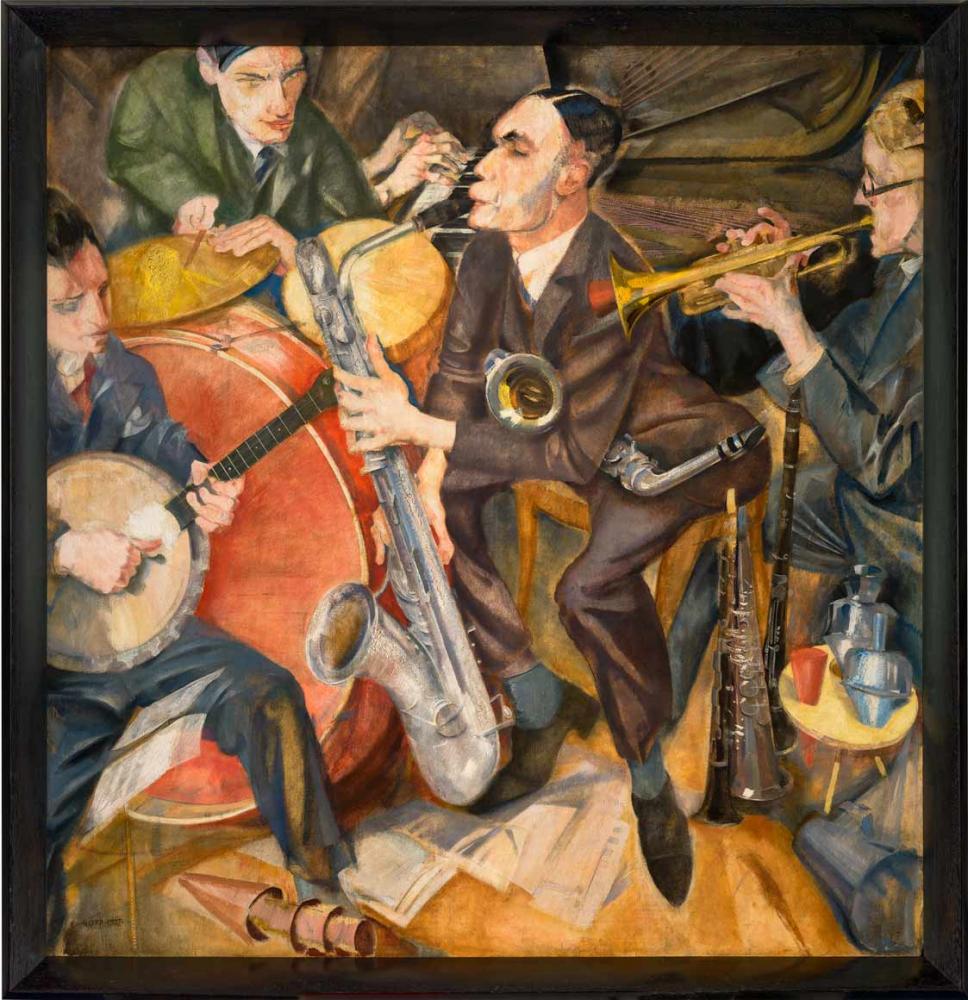
Max Oppenheimer (1885–1954), Weintraubs Syncopators, oil on wood, 1927, JMB, previously Sammlung Hugo Staub, forcibly appropriated in 1933, privately owned from 1962, acquired by the JMB in 2024 after a fair and equitable agreement was reached through the mediation of the Grisebach auction house. The purchase was funded from a bequest by Gisela Schwandt to the Deutsche Bank Foundation. Photo: JMB/Roman März
Download (ZIP / 962.28 KB)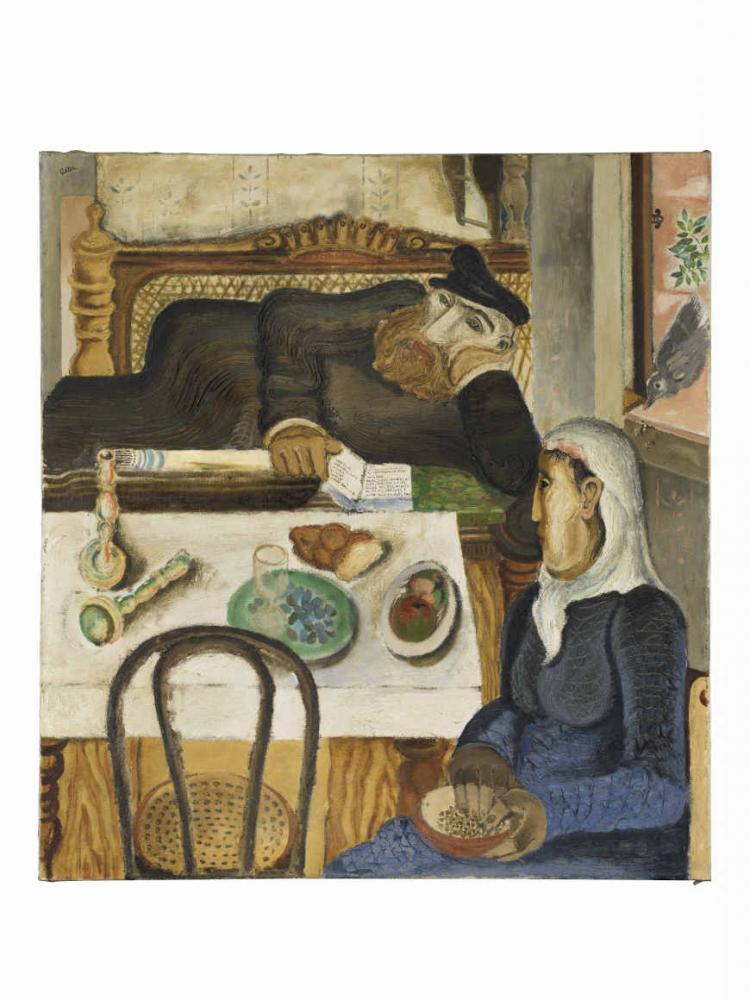
Jankel Adler, Sabbat (Shabbat), 1925; Jewish Museum Berlin, photo: Roman März
Download (ZIP / 979.47 KB)
Jakob Steinhardt, Der Sonntagsprediger (The Sunday Sermonizer), 1930–1934; Jewish Museum Berlin, photo: Roman März
Download (ZIP / 993.87 KB)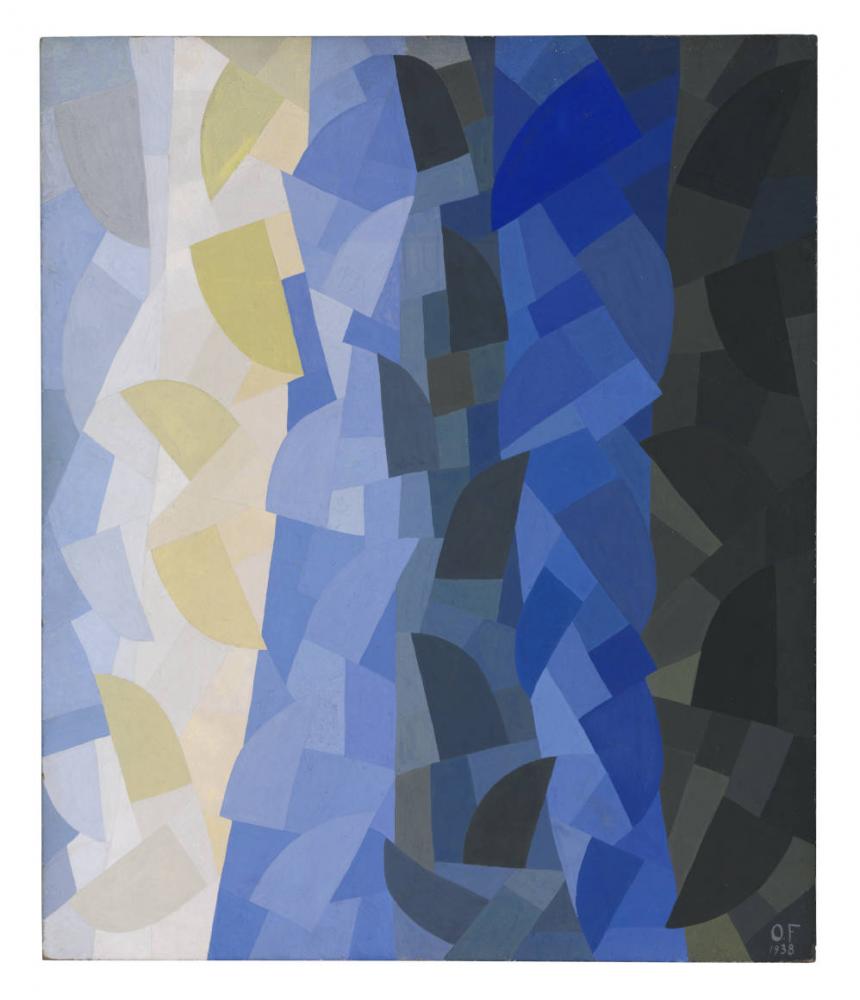
Otto Freundlich, Komposition, 1938; Jewish Museum Berlin, photo: Jens Ziehe
Download (ZIP / 1001.08 KB)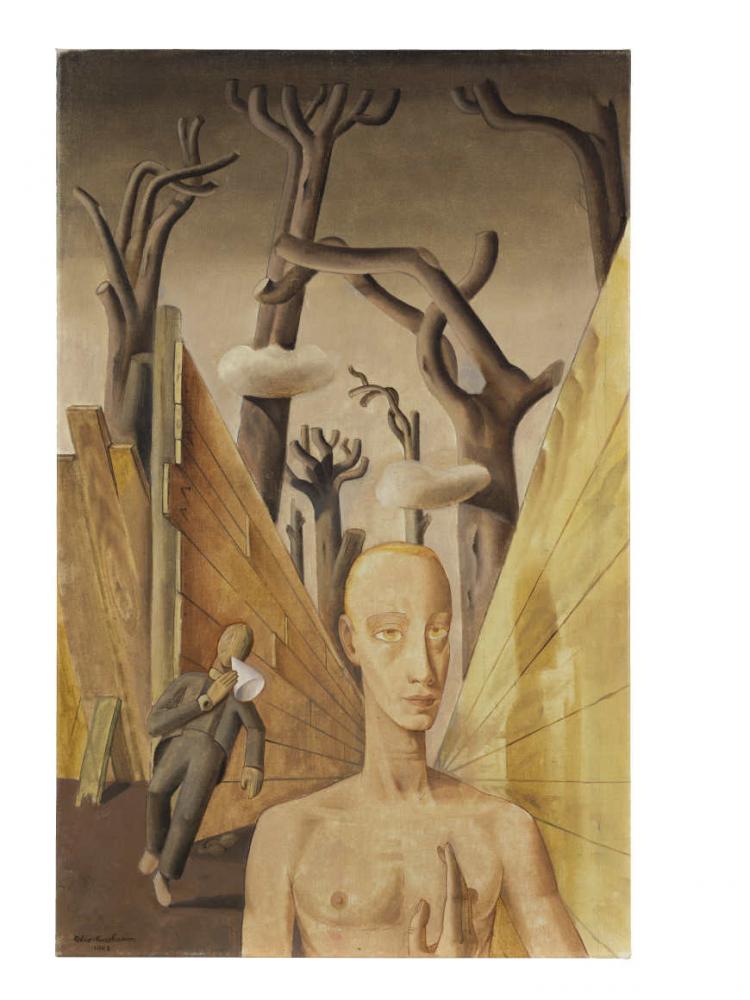
Felix Nussbaum, Einsamkeit (Loneliness), 1942; Jewish Museum Berlin, purchased with funds from the Stiftung Deutsche Klassenlotterie Berlin, photo: Roman März
Download (ZIP / 997.18 KB)